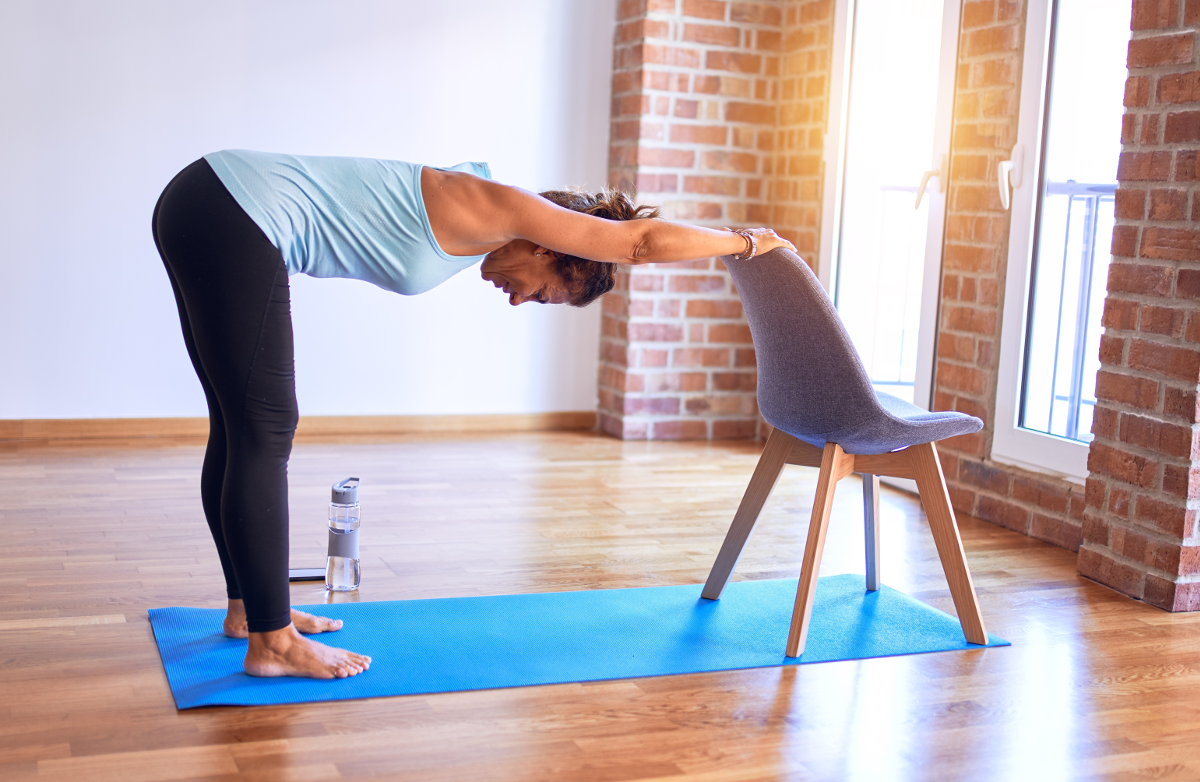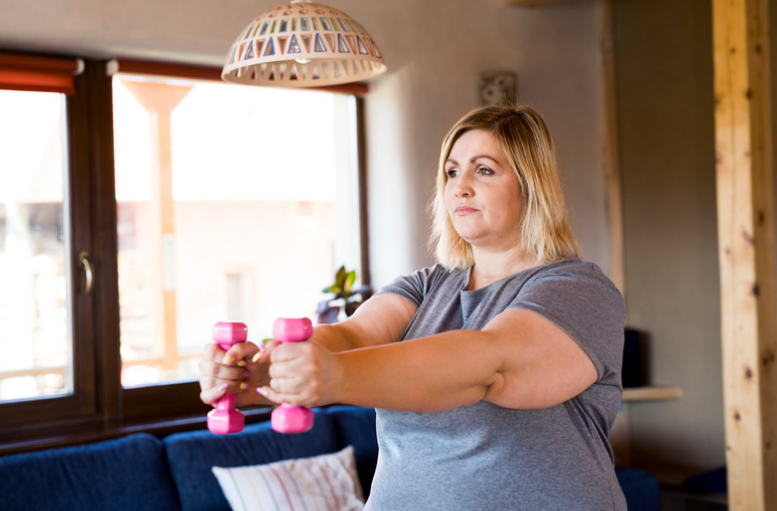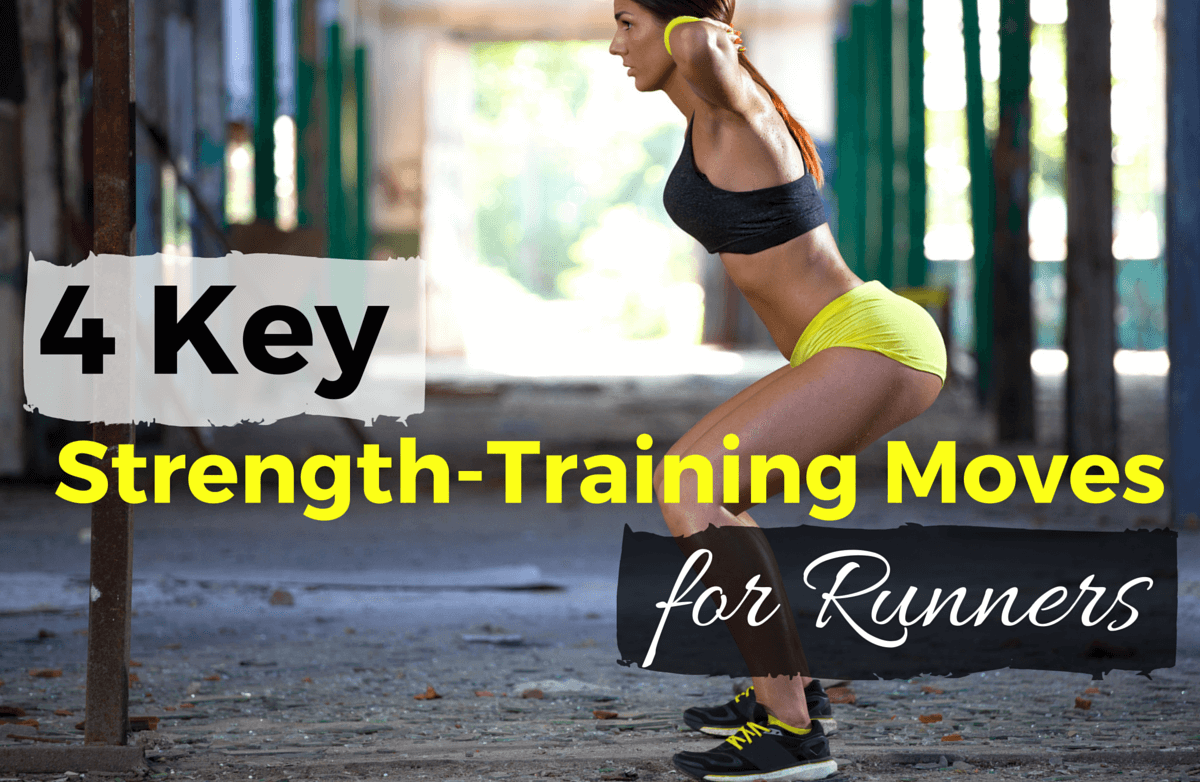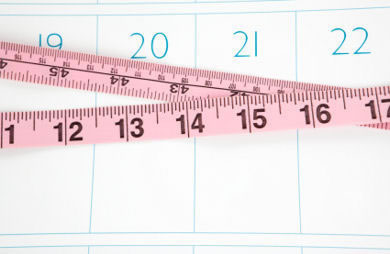You're excited to try the latest workout you found on Pinterest, but the circuit includes a series of lunges, which you know your knees are not going to be happy about. Should you scrap it and find something else that better fits your range of motion, or is there another option? Whether your
In general, you can make almost every exercise easier or more difficult. Once you understand a few basic principles, you can adjust the exercise to work for you instead of having to avoid it completely.
- Change the range of motion. Whenever possible, it's best to use a full range of motion (the full movement potential of a joint) when doing exercises, since this provides optimal gains in strength and muscle growth. However, full range of motion can prove to be difficult for some people depending on the exercise. For example, the proper way to do a squat is by bending the knee to 90 degrees, then returning to the starting position. If you experience knee pain and are unable to bend that far, though, try 45 degrees (or even less, if necessary) instead. With the decreased range of motion, you are still working the same muscles, while putting less pressure on the knee joint. In some cases, you can slowly work your way up to
full range of motion as you get stronger. - Change the amount of weight or reps. In a typical strength routine, each exercise is performed for one to three sets, with eight to 12 repetitions per set. If you can't get to the end of the set without sacrificing good form, decrease the amount of weight you're using or decrease the number of repetitions. It's perfectly acceptable to do a set of five reps instead of 12 if that means you do them all correctly. In fact, it’s more important to have
good form than to lift weight that is too heavy. If the exercise isn't enough of a challenge, increase the weight until the last rep in the set is the last one you can do with proper form. - Change the speed. Performing an exercise too quickly increases the risk of injury and can allow momentum to take over, making the exercise less effective. Slowing down not only gives you time to focus on proper form, it can also decrease the intensity of the exercise—especially cardio-based moves. For example, mountain climbers can leave you breathless in less than a minute if you're going at top speed, but slowing down the pace allows you to keep going for a longer period of time. Over time, you can increase the speed of cardio exercises as you become more fit.
- Change the amount of impact. Higher impact activities, such as running and jumping, are great if you're trying to increase the intensity of a workout, but they put more stress on your joints and make
exercises more challenging. If you have joint issues such as back pain, knee pain or arthritis, high impact might not be an option for you. Rather than avoidingplyometric moves altogether, remove the impact to decrease the intensity. Try power walking instead of running. If your workout video calls for tuck jumps, replace them with high-knee marches. - Change the surface. Although it's most appropriate for upper-body exercises, using a Bosu ball, balance board, stability ball or other equipment that challenges your balance will significantly increase the difficulty. Placing your hands on a Bosu ball while doing pushups is more difficult than putting your hands on the floor. As your upper body becomes stronger and you need more of a challenge, these pieces of equipment can be a good addition to your routine. Even without them, you can still get a good workout on a stable surface. A word of caution: Go slowly when incorporating new surfaces into your routine, since it can take time to get used to the change in balance
.
- Planks: Planks are one of the best exercises to work your entire core, but they require a great deal of upper-body and core strength. If full planks aren't comfortable, try
modified planks instead. Both are equally difficult. Planks on the knees are easier, either on the hands or elbows. Wall planks are another option if you have difficulty getting down on the floor or have back pain. Alternative exercises: lying straight-leg lowers, seated knee lifts withchair - Pushups: Full pushups are tough if you lack upper body strength. Instead, start with
modified pushups and work up to the full pushup position as you get stronger. If getting down on the floor is difficult, you have wrist problems or modified pushups are too challenging, try wall pushups instead. Each version of the pushup will still work the chest, triceps and shoulders. Alternative exercises: dumbbell chest press, dumbbell flys - Squats: When you perform a typical squat, the bend in your knees reaches about 90 degrees, never going past your toes, before you return to the standing
starting position. If squatting down that far is too difficult or painful, there are alternatives. A shallow squat is done the same way, bending to less than 90 degrees until you feel the muscles working. Wall squats are another option if you need additional back support. Alternative exercises: genie sit, lying single-leg raises - Lunges: Lunges can be challenging for those with balance issues, knee pain or lower-back pain. If balance is the problem, hold onto a chair or wall for additional support. As with squats, you can decrease the range of motion to decrease the intensity on your knees and the pressure on your lower back. Alternative exercise: single-leg bridges
- Jumping jacks: Jumping jacks aren't just for kids on the playground! They are a great cardio activity, but can be difficult if you're new to exercise or have joint issues. Modified jumping jacks cut the movement in half and remove the "jump" to lessen the impact. If you're ready to increase the
intensity but not quite ready for full jumping jacks, move quicker and/or step out farther for more of a challenge. Alternative exercise: standing hamstring curl Burpees : Burpees can add intensity to any workout, especially if you add a jump when returning to the standing position. If that's too much, try stepping back one foot at a time to come to the plank position on the floor instead of jumping out with both feet at once, then do the same thing to return to the starting position. Modifiedburpees are also a good lower intensity option if you're not keen on getting on the floor. Alternative exercise: front kicksSupermans : This exercise is great for targeting the lower back, but it can be difficult if you have back issues. To modify, try lifting just the upper body on the floor or on a stability ball, which puts less pressure on the back. Alternative exercise: reverse tabletop- Triceps dips: Triceps dips are perfect for adding muscle definition to the back of the arm. Unfortunately, they aren't so perfect if you have shoulder or wrist issues, since they put pressure on both. Bending your knees is one option, as is doing them on the floor where your range of motion is smaller. Alternative exercise: lying triceps lift













